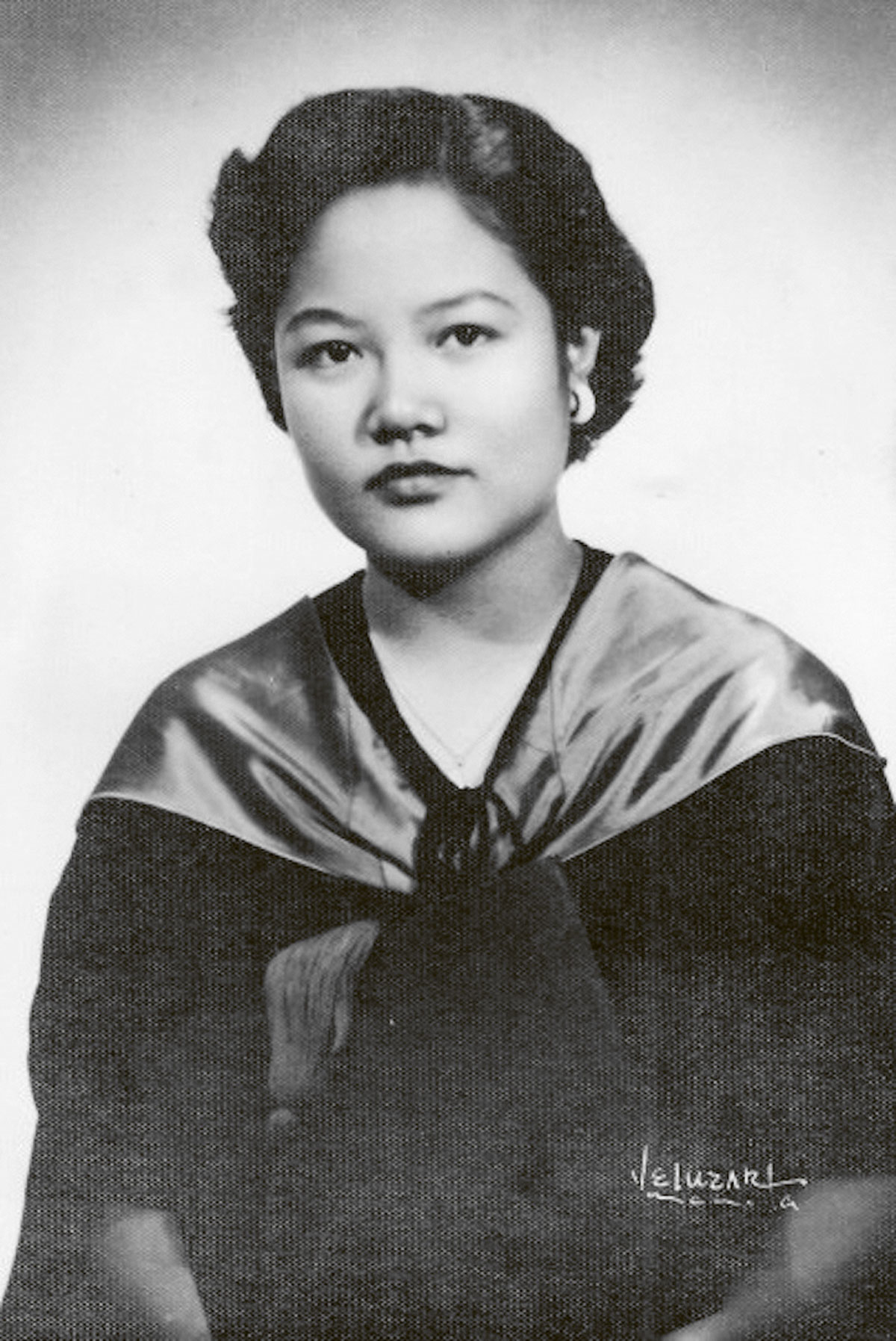To be a serious student of Philippine regional cooking and of Philippine cuisine in general, one must read about Doreen Gamboa Fernandez. Though not the first to delve into the field, she is credited with distilling research through readings and observation into articles, columns, and books.
Classic contributions

“Sarap: Essays on Philippine Food and Kinilaw: A Philippine Cuisine of Freshness” were written in collaboration with Edilberto Alegre. She authored “Tikim: Essays on Philippine Food and Culture,” “Palayok: Philippine Food Through Time On Site, and In the Pot,” and “Fruits of the Philippines.” She wrote a weekly column “In Good Taste” for the Philippine Daily Inquirer until her death in 2002, always advancing essays, many about restaurant reviews. For Food magazine, it was her monthly column “Foodscape” that examined dishes and discussed chefs and their ideas.
The prodigious output is surprising considering she had a day job at the Ateneo de Manila University as professor and chair of the departments of English and Communication and Interdisciplinary Studies. She also excelled in that field and so was awarded Most Outstanding Teacher by the Metrobank Foundation in 1998. And, of course, her output also included writings on Philippine Studies in the fields of art, literature, and drama.
While definite in her observation in her essay “Culture Ingested: Notes on the Indigenization of Philippine Food,” that even with all the foreign influences, [Philippine] cuisine has been “enriched rather than bastardized, its integrity kept, its dynamism that of judicious response to change,” Fernandez still had questions.
With a background in academe, her culinary writings were disciplined works that cited research sources. Whatever conclusions she made were based on her readings and actual experiences. And yet she did not claim to know it all.
While definite in her observation in her essay “Culture Ingested: Notes on the Indigenization of Philippine Food,” that even with all the foreign influences, [Philippine] cuisine has been “enriched rather than bastardized, its integrity kept, its dynamism that of judicious response to change,” Fernandez still had questions. In the same essay, she asked for “deeper exploration… of how eating is the ingestion of culture,” “further research on the linguistic factor… the change in them through indigenization.”
The write way
In a way, those challenges may well be answered in a food writing competition primarily founded to develop food writers, with her works serving as an excellent guide to those aspiring to follow in her footsteps, even if she is a hard act to follow. Her essays are examples of good writing style; her research well-documented; her curiosity boundless. When the competition started, it was disheartening to get entries that didn’t go beyond personal taste and dish preferences and limited to the cooking of grandmothers.
When research was made mandatory and included in the scoring of judges, the entries became more serious reads. Now in its 15th year, the Doreen Gamboa Fernandez Food Writing Award can boast winners who are culinary writers of note today whose output has contributed to Philippine food literature as the organizers intended.
Fernandez was one of the organizers of the competition and that first meeting had her writing down the mechanics. It showed us that she wasted no time getting down to brass tacks to get things done. No wonder she could be prolific in her writing and could balance teaching with her other commitments. However, she died before the debut of the contest. Consequently, it was named after her.
Lifelong lessons
As a teacher, she was invited to give papers on her discipline but many of those conferences were about food such as the Oxford Symposium. Its organizer, Alan Davidson, became a close friend and he asked her to write some of the entries in the “Oxford Companion to Food.” She was preparing for another Oxford convention by practicing standing up on her own after a three-month stay in the hospital for pneumonia. The spirit was still there but she suffered from another bout of pneumonia in New York.
Many of us may know her only through her works. Many of her students remember her as an inspiring teacher and their eating sessions with her. My first meeting with her revealed how she read other sources, even a neophyte food writer. At the launch of the book “Sarap,” when I told her my name at the signing she said, “Oh, you’re the one!” And then she wrote: “I’m a fan of yours.” More than being flattered, it gave me the encouragement to keep on writing about food.
As a teacher, she was invited to give papers on her discipline but many of those conferences were about food such as the Oxford Symposium. Its organizer, Alan Davidson, became a close friend and he asked her to write some of the entries in the Oxford Companion to Food.
We met again as members of the International Wine and Food Society, Manila Ladies Branch, where she served as its first vice president. She was there to enjoy sustenance and drinks, and the company of the ladies who wanted to eat, drink, and learn. She was game for sometimes whimsical requests like wearing flowers during a summer merienda session. And she wasn’t too busy to do more work for the society’s pamphlet as writer and editor.
When she passed away, I retrieved an email she sent on her last Christmas that included “Christmas Poem 1990” by Kathleen Raine. I asked my Manila Ladies friends if she sent the same message to everyone. None of them received it. And so I reprinted it when I wrote about her in my column, understanding that she knew I would spread her chosen farewell message.
Originally published in F&B Report Vol. 14 No. 2